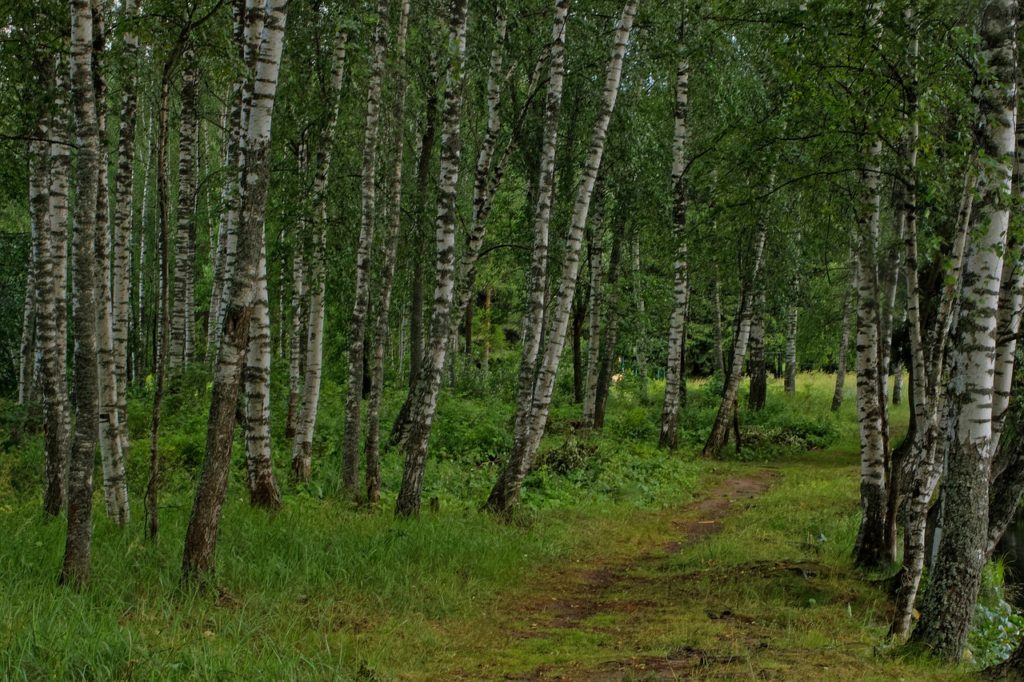Drought in France: The forests in great danger
Making no noise, the trees are dying out in the forests of France. Global warming and successive droughts are to blame.

French trees are suffering.
And with them, they threaten our forests with extinction. “Three successive dry springs and summers, we’ve seen nothing like this,” worries Brigitte Musch, a geneticist at the National Forestry Office (ONF), quoted by the newspaper Le Parisien. The hottest months were just beginning at the beginning of July when many trees were already looking sad. Some were literally dying of thirst, while others were victims of more subtle ailments on the rise: insects or fungi.
>>> READ ALSO – The most popular first names in 2020 in France are…
The different species of trees try as best they can to survive through different mechanisms: oaks stop “sweating” to save water, birches shed their leaves, while lime trees are already in autumn mode. But this time these natural reactions may not be enough. “The consequences will become clearer in spring and beyond,” predicts the Ministry of Agriculture. In the regions of Champagne, Alsace and Lorraine, the situation is already disastrous. Foresters are being forced to cut down one tree after another where harmful insects are swarming, against which there is no solution.
Trying to adapt forests to these changes
The State has set up a crisis unit and recalls that it is supporting the transition of forests in the face of global warming with a budget of one million euros. Some adaptations can mitigate the phenomenon. The first of these includes spacing the trees and avoiding high densities, to avoid competition for access to water in the soil.
More effective is the replacement of species by lines imported from the south that are more accustomed to withstand droughts. Or the selection of different, more “exotic” trees, such as cedar (native to Morocco) or Nordmann fir (Turkey). But Brigitte Musch warns: “If we continue on this warming trajectory, we will be at +4 to 5°C by 2100 and the question of the forest will no longer arise.”